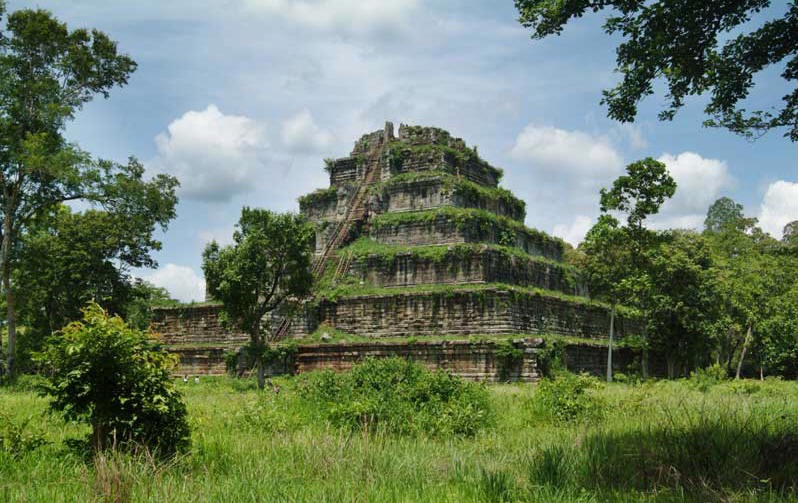The Koh Ker Pyramid, also known as Prasat Thom, is a remarkable ancient structure located in northern Cambodia. It stands as a testament to the architectural prowess of the Khmer Empire. Built in the 10th century under the reign of King Jayavarman IV, this pyramid was part of the once-majestic city of Koh Ker, which briefly served as the capital of the empire. The site is notable for its towering temple-mountain, which was a significant departure from the flat temple complexes that characterized earlier Khmer architecture. The pyramid remains an enigmatic piece of history, attracting scholars and tourists alike with its unique design and mysterious past.
Pyramids
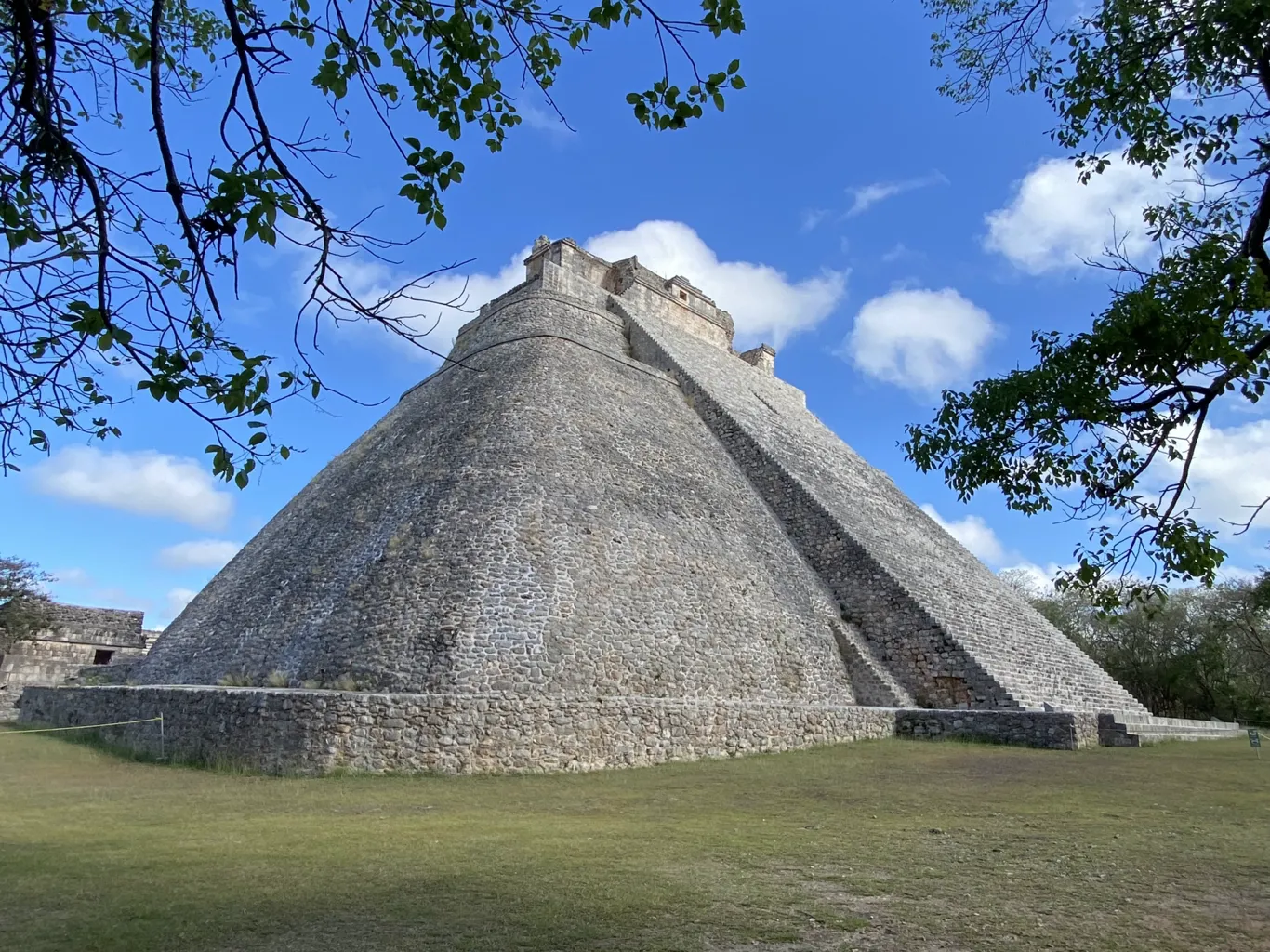
Pyramids are massive, triangular structures that were often used as tombs for rulers. The most famous pyramids are in Egypt, but they were also built in places like Central America. These monumental buildings demonstrate the engineering skills of ancient civilizations.
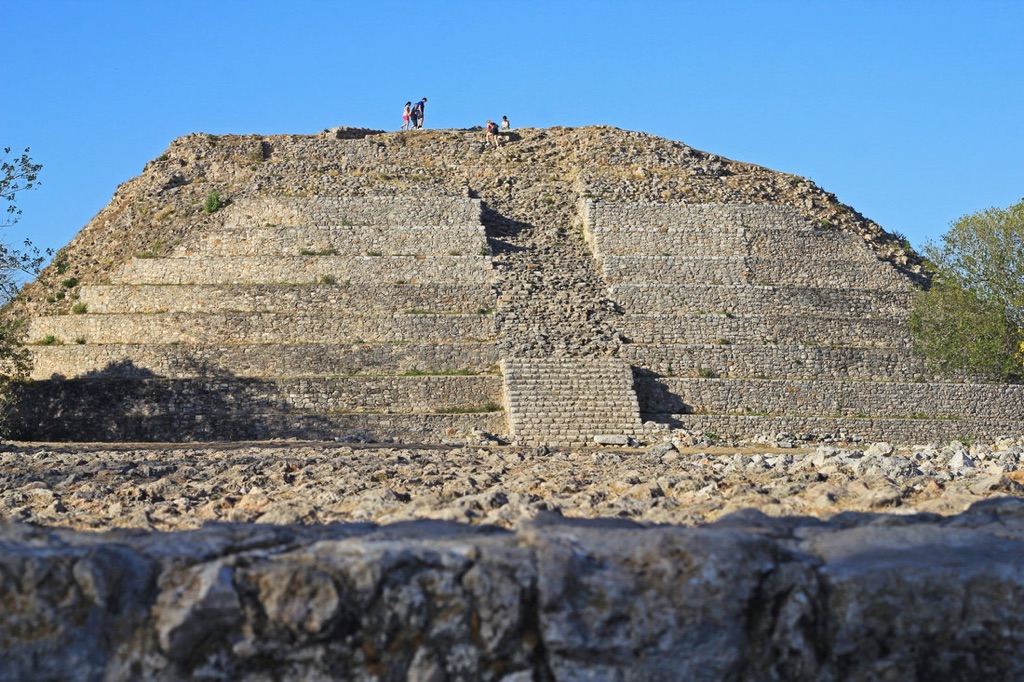
Izamal Pyramid
In the heart of Yucatán, Mexico, lies the magnificent Izamal Pyramid, a testament to Mayan civilization. Revered by history buffs and adventurers alike, this pyramid, also known as Kinich Kakmó, offers a breathtaking climb with an even more arresting view from the top. Unlike other ancient ruins, Izamal is unique due to the town that embraces it, painting a vivid picture of a place where past meets present. Visitors can walk the same steps ancient Mayans once did, gaining insight into their sophisticated knowledge of astronomy and architecture.
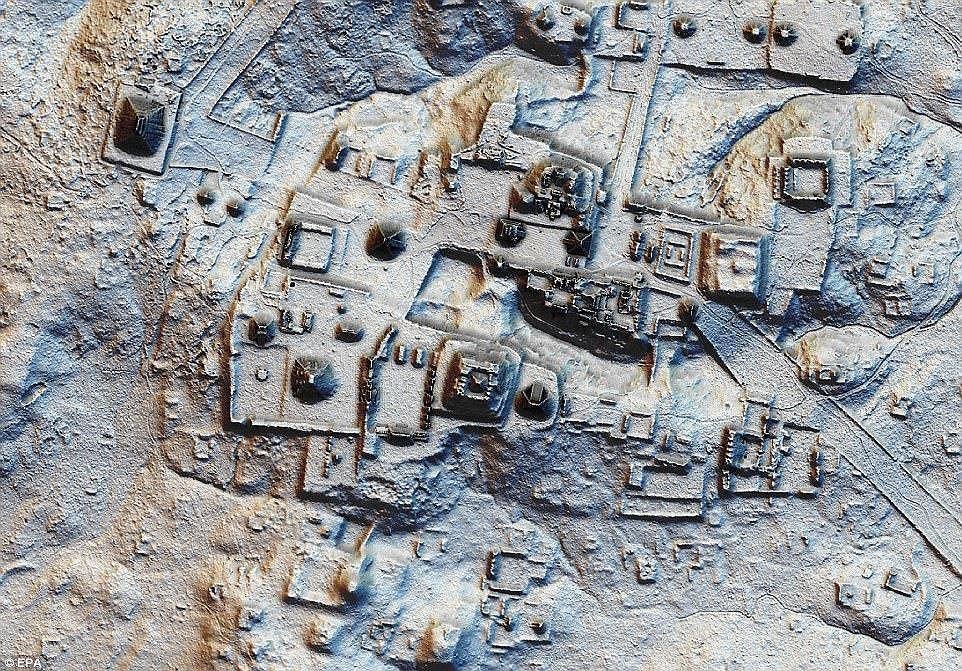
Angamuco – Lost Pyramid City
Angamuco, a lost pyramid city in Mexico, unveils a unique chapter in Mesoamerican history. This sprawling metropolis, home to over 40,000 structures, rivals the size of Manhattan. Researchers believe the Purepecha civilization, rivals of the Aztecs, built it around 900 AD. The city’s discovery enlightens us on this complex society’s urban planning and cultural practices. Most notably, Angamuco features a rare orthogonal layout. This indicates advanced knowledge of architectural design and city planning.
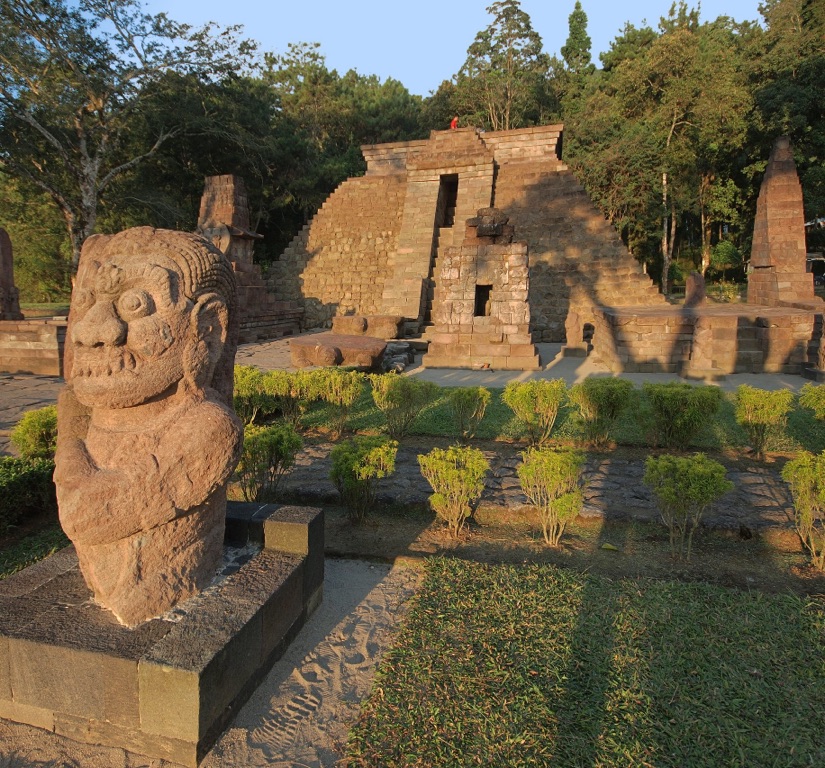
Candi Sukuh Pyramid
Step into the enigmatic realms of Candi Sukuh, a unique Hindu temple situated on the slopes of Mount Lawu in Central Java, Indonesia. This fascinating monument stands out for its pyramidal structure, reminiscent of ancient Latin American architecture. Unlike the typical sharp spires of Javanese temples, Candi Sukuh’s truncated form and unmistakable themes of life and fertility offer a glimpse into a distinctive blend of Indonesian and ancient animist beliefs. Visitors are greeted by a series of reliefs and statues that depict various symbols and rituals, possibly linked to pre-Hinduism practices, making it a treasured asset for cultural aficionados and historians alike.
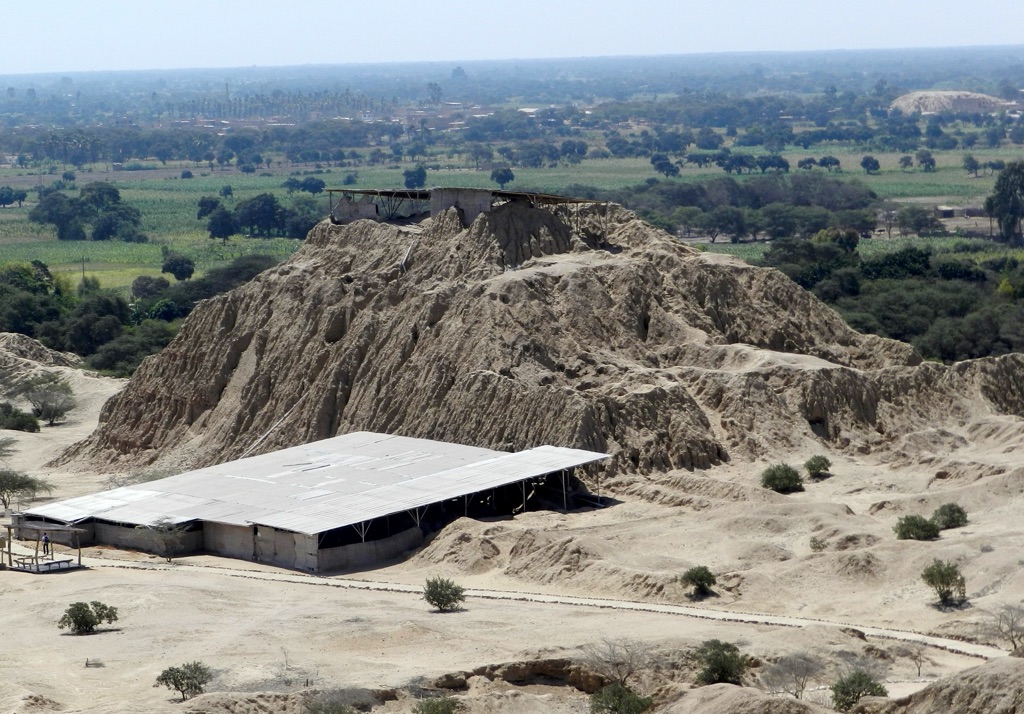
Tucume Pyramids
The Tucume Pyramids stand as a testament to the Lambayeque culture’s architectural prowess. Nestled in the arid landscape of northern Peru, this ancient site spans over 220 hectares. It’s home to 26 major pyramids and mounds. The main pyramid, Huaca Larga, is one of the largest monuments of its kind in South America. Visitors can explore the complex network of platforms, plazas, and intricate adobe friezes. These reveal tales of a civilization that thrived from about AD 1000 until the Inca conquest.
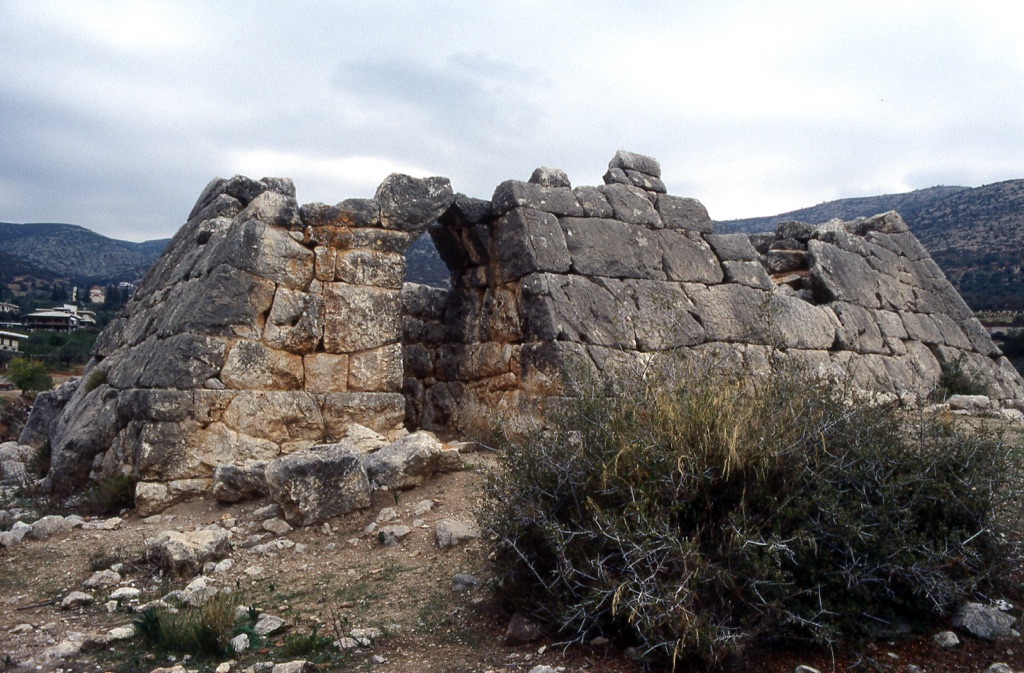
Pyramids of Greece
The Pyramids of Greece, often overshadowed by their Egyptian counterparts, are an enigmatic treasure in the realm of archaeology. These structures imbue the Peloponnese landscape with a sense of ancient mystique. Dates suggest they were built around the 4th or 5th century BC, with the most famous example being the Pyramid of Hellinikon. Unlike the tombs of Egypt, the Greek pyramids’ purpose remains unclear. Scholars speculate they could be markers, fortresses, or even ancient calendar systems. With limited documentation available, these pyramids invite modern seekers to explore their intriguing past.

